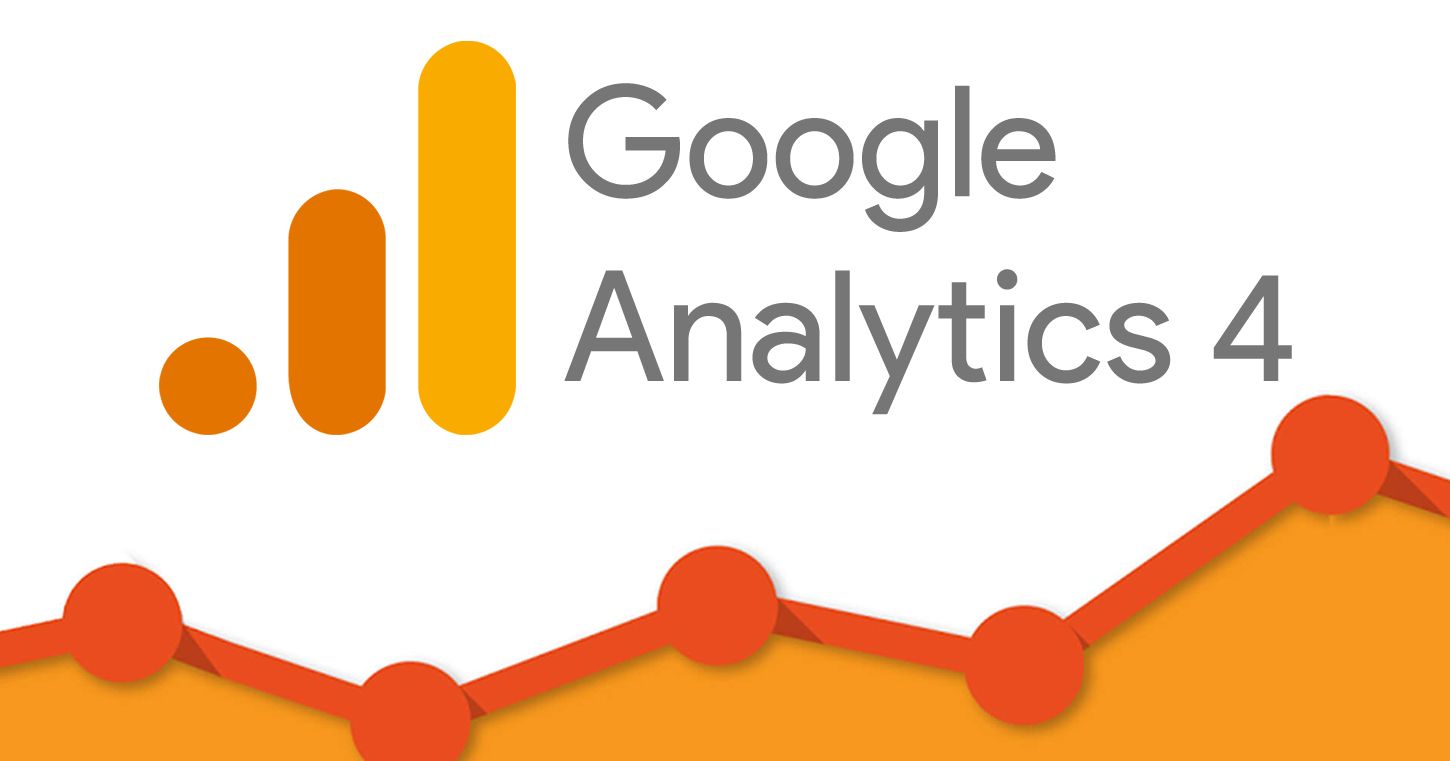Display Ads
5 Types of Display Advertising to Grow Your Business

Display advertising is a form of digital advertising that uses visuals to entice users to click. These visuals could be anything, ranging from videos to logos to graphics. When a user clicks on the ad, they are brought to a landing page that tells them what to do next. Compared to text ads, display ads are more effective at getting noticed and engaging potential buyers.
If you are looking for ways to generate more business, don’t overlook the benefits of pay-per-click (PPC) advertising. This type of advertising works well when included in a comprehensive digital marketing strategy and can help your brand gain instant awareness, clicks and conversions.
Below are the five main types of display ads that can be found on Google Display Network (GDN).
1. Remarketing
Remarketing, or retargeting, is the most common type of display advertising. It’s used to connect with people who visited your website but did not convert. Typically, remarketing campaigns are very successful at generating ROI, increasing brand awareness and gaining insight.
Rather than starting from scratch with these prospects, or attracting first-time visitors who may not convert, the goal is to target people who have already visited your site. These people have a need for your product and know your brand, so they are more likely to convert.
To set up a remarketing campaign, you’ll need a snippet of code provided by AdWords. Next, you’ll have to create remarketing lists of the people you want to target. Be specific, such as by targeting people who looked at specific items on your product pages. Finally, create your AdWords remarketing campaign using various ads targeting the people on your list.
- Contextual Targeting
Contextual targeting is advertising on a website that is relevant to the page’s content. To do this, Google Ads analyzes your content to figure out what it’s about. Your content is then matched against keywords, specific topics, browsing habits, location and other factors. This allows your ads to be shown on relevant websites, blogs and publications.
The main benefit to contextual display advertising is that your ads show up on relevant content. This allows you to cut through the noise and get your brand in front of the right people. So, if you love to cook and see an advertisement for a slow cooker when looking up recipes, you’re more likely to click on the ad. An unrelated ad for shoes or cars would probably go ignored.
- Placement Targeting
Placement targeting is the most direct way to target a website. You get to place your ads on the websites you choose rather than letting Google pick them for you. If you selling cooking appliances, you would want to place your ads on websites with recipes, cooking tips, healthy eating and others.
If you’re not sure which sites to place your ads on, you can set the campaign to target all sites. You can also exclude sites that have nothing to do with your business. Additionally, Google lets you use the Display Planner Tool to get traffic and estimates for certain domains as well as which ad formats it supports.
- Interest-based Targeting
This type of targeting allows you to reach people who are interested in certain topics. The idea is to get your brand in front of people who have a need for your product or service based on their interests and lifestyle. Google offers two types of interest-based targeting: in-market audiences and affinity audiences.
- In-market audiences are people who are looking to buy a product or service very soon. Google identifies these people based on their search history and social activity. For example, if a customer is looking to a buy a vacuum, they’ll start researching their options on Google and asking friends on social media to share their opinions.
- Affinity audiences is a broader option that targets people who are not actively looking to buy a product or service. Google analyzes customers based on their profile, overall interests, passions and lifestyle. Using the example above, a person who is always reading about cleaning products and tips signals to Google that they have a long-term interest in cleaning.
- Topic Targeting
Topic targeting lets you choose specific topics of web pages to display your ads on. Google then chooses web pages related to your topic to match with your ads. The advantage to this form of advertising is that you can show your ads on a broad set of websites. This allows you to reach people who are more likely to convert.
Topic targeting also lets you get a large number of advertisements out there in a short amount of time. This is good for brand exposure, especially if you are a new business. If there are certain topics you don’t want your ads to appear for, you can simply exclude them. There’s no reason to pay for your ads to be on pages with topics that have a low return.
Wrapping it Up
The Google Display Network has the largest reach of any display network in the world. To get your business discovered by the right people, GDN is the way to do it.
As for the types of display ads you should use, a combination is best. Remarketing is a no-brainer, as it’s a cost-effective way to convert users who have already visited your website. You can then experiment with the other ad types to see what delivers the most ROI to your business. To learn more about the ads on Google Display Network, visit support.google.com.
Are you looking to improve your PPC display ads? Contact WSI Net Advantage at 510-687-9737 to learn about your options. Our display ad experts will help you create a strategy that meets your budget and helps you achieve your goals.
About the Author
Kevin Dean, President of WSI Net Advantage…
The Best Digital Marketing Insight and Advice
We are committed to protecting your privacy. For more info, please review our Privacy and Cookie Policies. You may unsubscribe at any time.
Don’t stop the learning now!
Here are some other blog posts you may be interested in.


